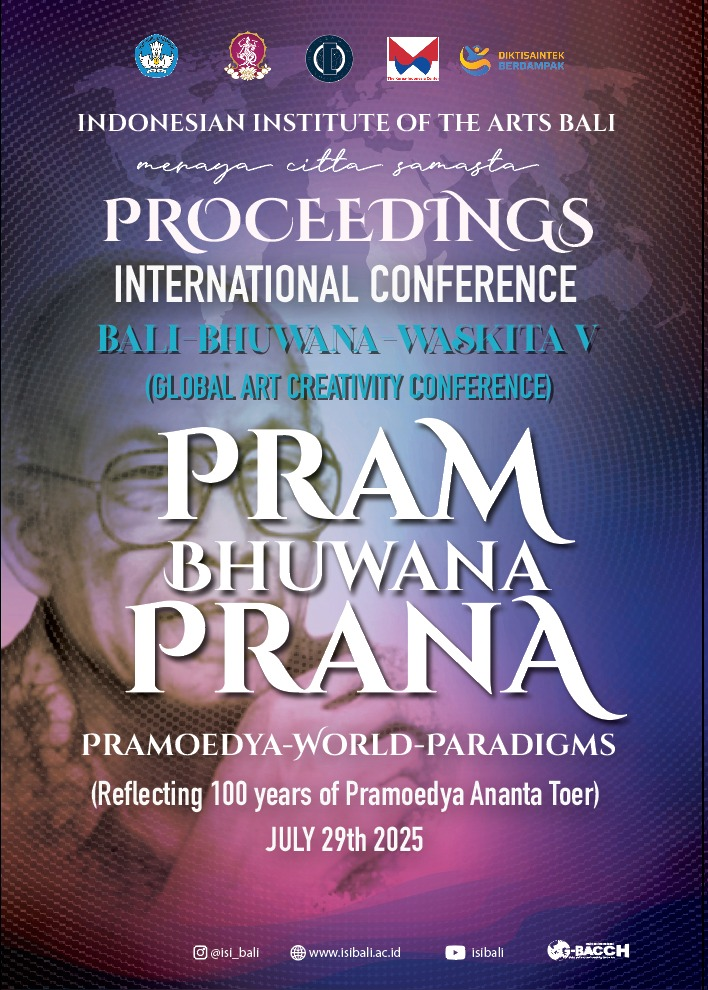Silenced Sovereignty: Reclaiming Dedes’ Agency in a Patriarchal Narrative
DOI:
https://doi.org/10.31091/bbwp.v5i1.628Keywords:
Patriarchy, Oppresion, Pramoedya, Arok Dedes, FeminismAbstract
This study examines the representation of patriarchy in 13th-century Javanese feudal society through an analysis of Arok Dedes by Pramoedya Ananta Toer. The research centers on the character of Dedes, symbolizing gender oppression. Although Dedes holds the high position of queen, she remains constrained by the patriarchal system, positioning her as a tool of male authority. This dynamic is evident in her forced marriage to Tunggul Ametung and her political involvement with Arok. Utilizing both sociological and historical perspectives, the research reveals the ways in which the patriarchal structure, understood within its historical context, shapes the social and political positioning of women. Additionally, the study incorporates hypergamy theory, demonstrating that Dedes' marriage was not merely a personal decision but a strategic political maneuver reinforcing male dominance. The findings offer valuable insights into the continued influence of patriarchy in modern society, encouraging discussions on women's empowerment and the pursuit of gender equality. Ultimately, this study contributes significantly to feminist theory and power studies, offering a fresh perspective on the portrayal of women in Indonesian history and literature.
Downloads
Published
How to Cite
Issue
Section
License
Copyright (c) 2025 I Putu Udiyana Wasista, Adi Surja Triwibowo, Putu Ari Darmastuti, Ni Luh Kadek Resi Kerdiati, A.A. Trisna Ardanari Adipurwa

This work is licensed under a Creative Commons Attribution-NonCommercial-ShareAlike 4.0 International License.




